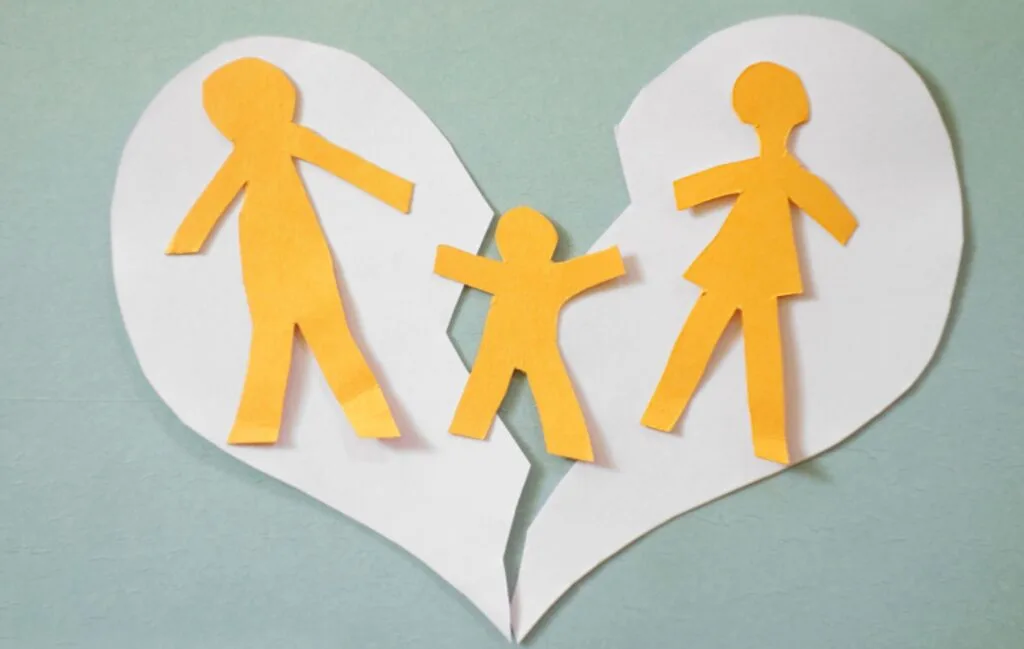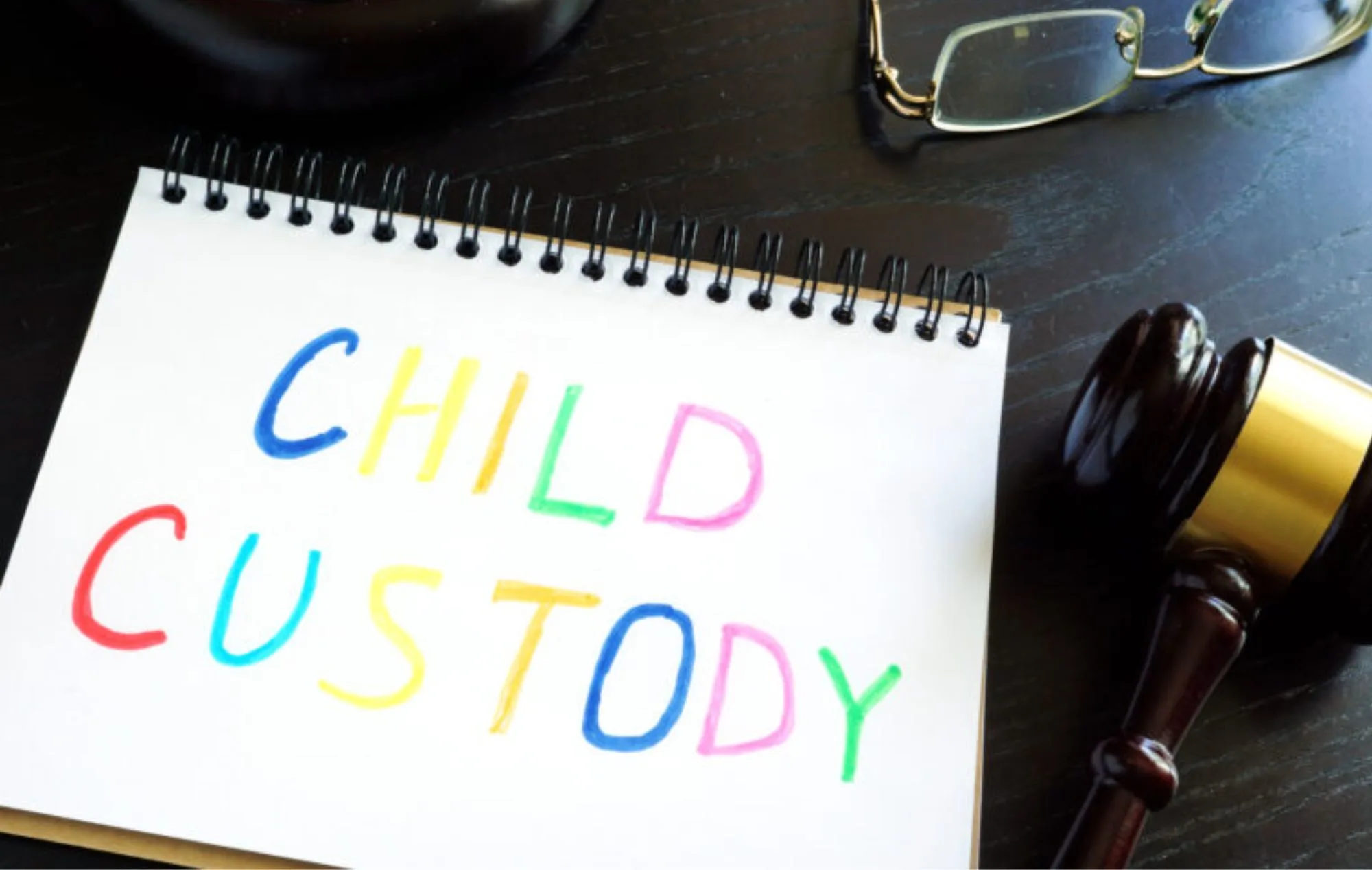Parents can surrender their children of any age to the state for any reason. It’s called “relief of custody” and is becoming more of a problem with teenagers, especially in Virginia. “It is shocking and creates an additional burden on our foster care system,” said Renee Brown, the CEO & President of DePaul Community Resources.
What is “relief of custody?”
Relief of custody is a legal process in which a parent or guardian voluntarily relinquishes their rights and responsibilities over a child, effectively transferring custody to the state, a foster care system, or another individual or agency. While the term may vary slightly depending on the jurisdiction, the underlying concept involves giving up the legal authority to make decisions for the child and the obligation to provide care.
Why would someone pursue relief of custody?
Parents may pursue relief of custody for various reasons, including but not limited to:
- Financial Hardship: One of the most common reasons parents opt for this legal pathway is the inability to provide for a child’s basic needs, such as food, housing, and education.
- Behavioral or Medical Challenges: Children with severe behavioral issues or medical needs may require specialized care that parents feel unequipped to provide.
- Mental Health Struggles: Parents dealing with their own mental health issues may believe they are not in a position to provide a safe and supportive environment for their child.
- Abuse or Neglect Allegations: Some parents may choose relief of custody as an alternative to facing allegations of abuse or neglect, especially if they believe the state will intervene regardless.
- Desire for a Better Future: In some cases, parents believe that surrendering custody will allow their child to access better opportunities, such as adoption into a stable family or placement in a setting where they can thrive.

How big of a problem is this?
The exact amount of children in foster care due to voluntary relief of custody is about 10-15%, according to the U.S. Department of Health and Human Services’ Adoption and Foster Care Analysis and Reporting System (AFCARS). There are over 390,000 children in the U.S. foster care system, with a large percentage coming from cases where parents voluntarily relinquish their rights to the child. There has been a notable rise in the number of teenagers being taken into state custody, particularly through the “relief of custody” process in certain parts of the United States.
“To think of a parent being faced with a decision of, ‘How do I keep my younger kids safe? How do I keep myself safe? How do I keep the child, the teenager that I love, safe?’ And feeling like they’re failing at that? What a feeling that must be. They feel like they have no choice,” said Brown.
But that’s the choice some parents face. There’s been a steady increase in the number of parents filing for relief of custody. When a parent decides they cannot take care of their child, they ask the court to relieve them of custody. Typically, the child would then go into foster care.
“They’re usually in crisis mode. They have usually tried a lot of different things. They feel like they have no choice. Usually, there’s a safety issue. They are either afraid of their child, afraid of the choices their child is making,” Brown said.
Which state has the most cases?
It’s happening in all kinds of families, from families with limited resources to upper-middle-class families with many resources and insurance, and nothing seems to be working. But people don’t realize how big of a problem this is, especially in Virginia and West Virginia.
“In the western part of Virginia, we have about 20% of the population, but we have probably close to 50% of the relief of custody petitions filed,” said Brown.

What are the solutions?
Eric Reynolds is the Director of the Office of the Children’s Ombudsman, and he is also seeking solutions.
“What parent would want to be relieved of custody of their own kid? It’s highly unusual. But when you look at the situations, when it’s grandma, when it’s an adoptive family that doesn’t have the history of that child, and the foreign adoptions, when they don’t have the medical or trauma history of that child, and all of a sudden, things start happening, so you can understand the predicament they’re in,” said Reynolds.
Some of the solutions being discussed include:
- Getting connected to parents earlier.
- Providing training for parents who adopt because once kids hit their teens, it can be hard on families as the teens try to figure out who they are and who their biological families are. That’s when relief of custody happens most often for adoptive families.
- Getting police resources to share with families.
- Changes to the Code of Virginia.
“When the police realize that they’re going back to the same home several times, how do we give our officers the resources to share with the family? To say, ‘Here are some things you can do to support your family, to strengthen your family, to prevent this crisis from continuing,’” said Brown.
Northern Virginia has made progress
In Northern Virginia, Fairfax County has made extensive prevention efforts, which have been successful. Only three petitions for relief of custody have been approved in the past few years.
“They’ve got the mentality of the communities involved, the private providers, they’re all involved in this,” said Reynolds, who acknowledged the same partnerships are not happening in other regions. “It’s not happening. It goes back to collaboration. We all got to be working together, playing well in the sandbox together.”
While the group is currently looking at changes to Virginia policy and legislation, Brown stresses it has to work everywhere – even in places that don’t have a lot of resources like southwest Virginia. She says the staff has to be there to be able to carry it out, which can be a challenge.
Relief of custody shows serious issues in the U.S., including gaps in social services, insufficient mental health support, and economic inequalities. Many families might avoid the need for such drastic measures if they had access to affordable childcare, healthcare, and other essential resources.
Get Involved!
The Virginia Commission on Youth is accepting public comment on the 2024 Draft Recommendations on the Use and Impact of Relief of Custody on Youth Care and Support.
Frequently asked questions about foster care and adoption in Virginia can be found here.
If you have questions about foster care or adoption or are interested in starting the process, contact the VDSS Division of Family Services Adoption Recruitment Coordinator at adoptioninquiries@dss.virginia.gov.
To see children from Virginia who are hoping to be adopted, click here.

